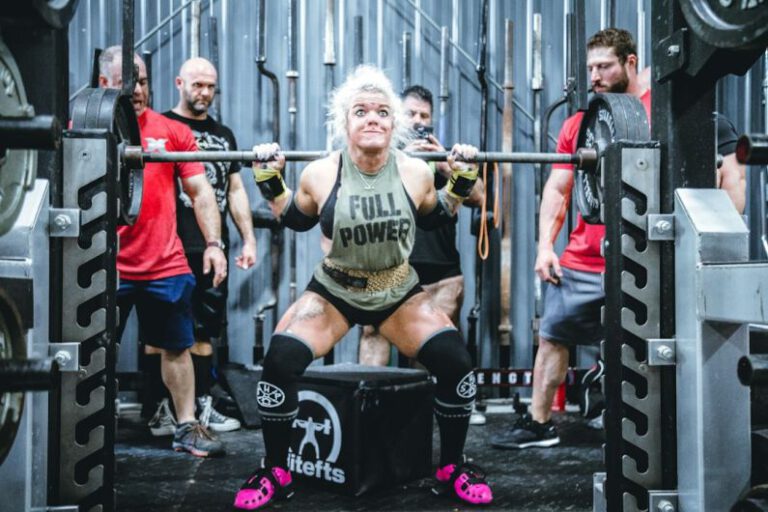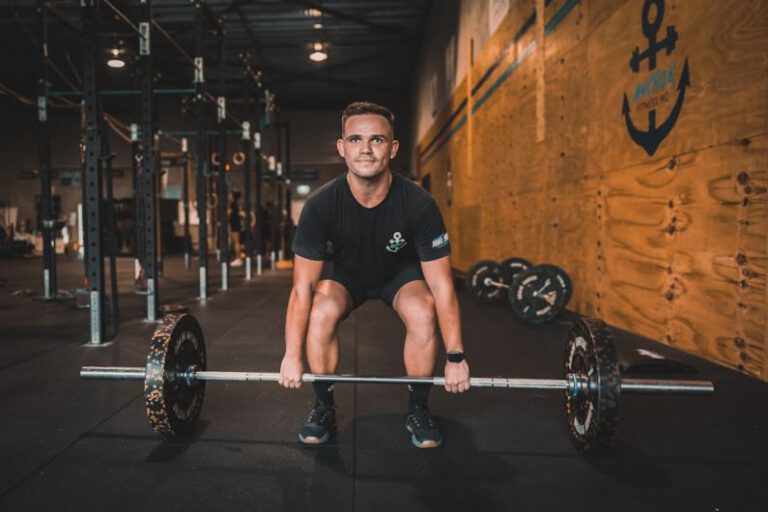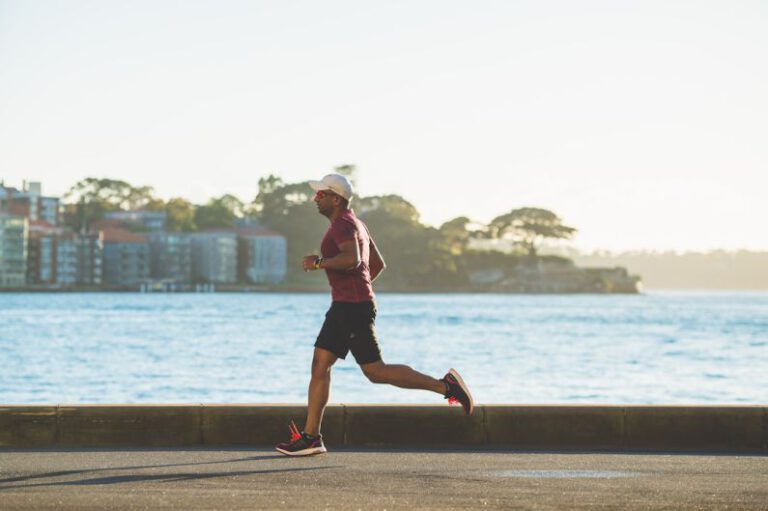Dealing with Injury: Prevention and Recovery
In the world of sports and physical activities, injuries are an unfortunate reality that many individuals have to face at some point in their lives. Whether you are a professional athlete or someone who enjoys recreational sports, knowing how to prevent and recover from injuries is essential for maintaining a healthy and active lifestyle. In this article, we will explore some effective strategies for dealing with injuries, focusing on both prevention and recovery.
Understanding the Importance of Injury Prevention
Preventing injuries is always better than dealing with them after they occur. By taking proactive measures to reduce the risk of injury, you can stay on top of your game and avoid setbacks that may hinder your progress. Here are some key points to consider when it comes to injury prevention:
Proper Warm-Up and Cool Down: Before engaging in any physical activity, it is crucial to warm up your muscles to prepare them for the workout ahead. A dynamic warm-up routine can help increase blood flow to your muscles, improve flexibility, and reduce the risk of strains and sprains. Similarly, cooling down after exercise with some gentle stretching can help prevent muscle stiffness and soreness.
Listen to Your Body: One of the most important aspects of injury prevention is listening to your body and recognizing the warning signs of overtraining or fatigue. Pushing yourself too hard without giving your body enough time to rest and recover can lead to injuries. Pay attention to any pain, discomfort, or unusual sensations during exercise, and adjust your routine accordingly.
Proper Technique and Equipment: Using the correct technique and equipment is essential for preventing injuries during physical activities. Whether you are lifting weights, running, or playing a sport, make sure you are using the proper form to avoid unnecessary strain on your muscles and joints. Additionally, wearing appropriate footwear and protective gear can help reduce the risk of injuries.
Maintain a Balanced Diet and Stay Hydrated: A well-balanced diet rich in nutrients is essential for supporting your overall health and fitness goals. Proper nutrition can help strengthen your muscles, improve your energy levels, and boost your immune system, all of which contribute to injury prevention. Furthermore, staying hydrated before, during, and after exercise is crucial for maintaining optimal performance and preventing muscle cramps and fatigue.
Recovery Strategies for Injured Individuals
Despite your best efforts to prevent injuries, accidents can still happen. If you find yourself dealing with an injury, it is essential to approach the recovery process with patience and care. Here are some strategies to help you recover effectively and get back to your active lifestyle:
Rest and Recovery: Giving your body enough time to rest and recover is crucial for healing from an injury. Depending on the severity of the injury, you may need to take a break from physical activities or modify your routine to avoid further damage. Listen to your healthcare provider’s recommendations and gradually ease back into your regular exercise routine once you are cleared to do so.
Seek Professional Help: If you have sustained a serious injury, seeking professional help from a healthcare provider, such as a physiotherapist or sports medicine specialist, can significantly aid in your recovery. These professionals can provide personalized treatment plans, rehabilitation exercises, and guidance on how to prevent future injuries.
Stay Positive and Stay Active: Dealing with an injury can be frustrating and challenging, but maintaining a positive attitude and staying active within the limits of your injury can help speed up the recovery process. Focus on activities that are safe and enjoyable, such as low-impact exercises, swimming, or yoga, to stay active while allowing your body to heal.
Incorporate Cross-Training and Strength Training: Cross-training and strength training can be beneficial for preventing future injuries and improving overall fitness levels. By incorporating a variety of activities into your workout routine, you can reduce the risk of overuse injuries and strengthen different muscle groups to support your body during physical activities.
Conclusion: Embracing a proactive approach to injury prevention and recovery is essential for maintaining a healthy and active lifestyle. By following the strategies outlined in this article, you can reduce the risk of injuries, speed up the recovery process, and get back to doing what you love with confidence and resilience. Remember to listen to your body, seek professional help when needed, and stay positive throughout your fitness journey. Injury prevention and recovery are ongoing processes that require dedication and commitment, but the rewards of a strong and resilient body are well worth the effort.






